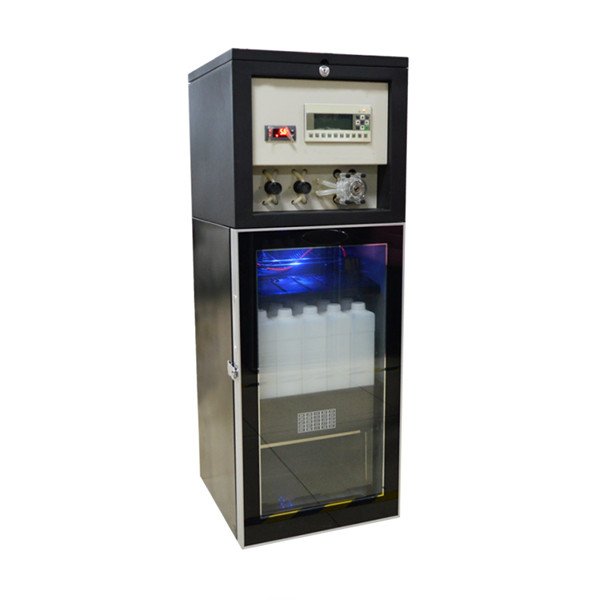How to choose the installation site of water sampling instrument?
Preparation before installation
The proportional sampler of the water quality sampling instrument should contain at least the following random accessories: one peristaltic tube, one water collection tube, one sampling head, and one main unit power cord
If you need to perform proportional sampling, please prepare the source of the flow signal, and be able to accurately grasp the data information of the flow signal, such as the flow range corresponding to the 4~20mA current signal,
Choice of installation location
Try to choose a horizontal hardened ground to install the sampler, and the temperature and humidity should meet the requirements of the technical indicators of the instrument.
The installation position of the sampler should be as close as possible to the water source to be collected, and the sampling pipeline should be inclined downward as far as possible.
Avoid vibration and high-strength magnetic interference sources (such as high-power motors, etc.).
Follow the simple instructions below to complete the draining of the inlet line to prevent cross-contamination between samples,
The power supply of the instrument must meet the requirements of technical indicators, and the power supply must have a ground wire for safety.
Whenever possible, install the sampler as close as possible to the source of the commercial sample.
The lime sampler is installed above the sample source, and the grid inlet tube is inclined into the sample source.
Make sure that the sample collection tubing is not twisted or kinked.
A more representative sample can be obtained by:
Keep sample containers as far as possible from contamination to ensure high quality analytical data;
Avoid agitation of the water body at the sampling point;
Thoroughly clean sampling containers and equipment;
Store sampling containers safely to avoid cap contamination;
After sampling, wipe and dry the sampling pipeline, and then store it;
Avoid touching the sample with hands and gloves.
Ensure that the direction from the sampling point to the sampling equipment is downwind to prevent the sampling equipment from contaminating the water body of the sampling point;
After sampling, each sample should be checked for the presence of huge particles such as leaves, rubble, etc. If so, the sample should be discarded and collected again.
Post time: Sep-26-2022




